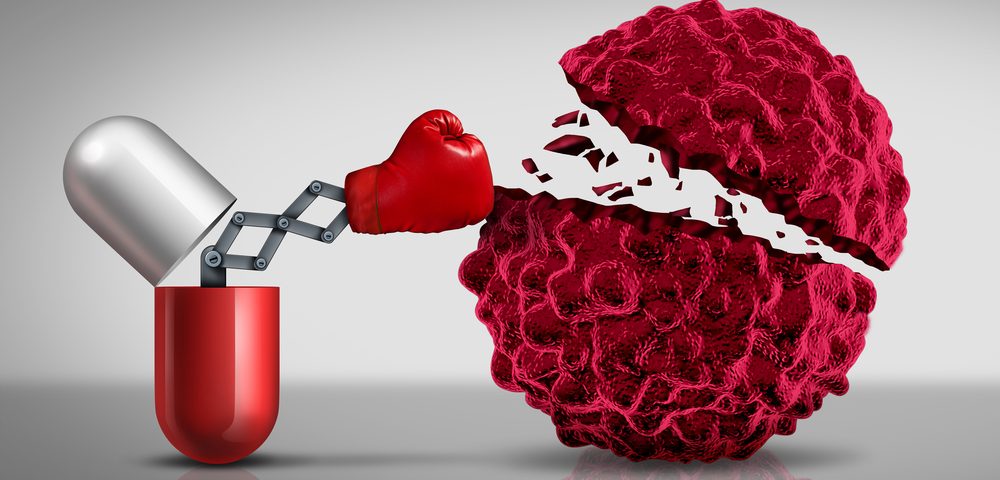A higher number of mutations in melanoma cells, coupled with increased T-cell activation, increases survival of melanoma patients who received adoptive T-cell immunotherapy, researchers have shown.
The study, “Mutational and putative neoantigen load predict clinical benefit of adoptive T cell therapy in melanoma,” was published in the journal Nature Communications.
Enhancing the body’s natural immune responses against tumor cells is the basis of immunotherapies, which are generating increased interest among scientists and clinicians.
Adoptive T-cell therapy is a type of immunotherapy being tested in melanoma patients. The treatment begins with a collection of T-cells from the patient’s tumor – cells that recognize and attack tumor cells – which are then stimulated to grow and expand in the laboratory before returning to the same patient.
“The aim is for them to seek out and fight the tumor and the circulating tumour cells,” Göran Jönsson, study lead author and a researcher at Lund University, Sweden, explained in a press release.
Although the treatment outcomes are promising, only a limited number of melanoma patients (fewer than 50 percent) respond to this type of immunotherapy.
“Between 10 and 20 percent of those affected by advanced melanoma can be cured with a single treatment of adoptive T cell therapy. On the other hand, the treatment is very intensive, and has many side effects,” said Inge Marie Svane and Marco Donia, study authors and physicians at the Herlev University Hospital, Denmark.
“It is therefore important to be able to predict which patients stand to benefit from the treatment, so that we give it to the right ones,” they added.
The team studied 25 patients with advanced melanoma who received adoptive T-cell therapy after failing to respond, or whose disease recurred, after other therapeutic strategies.
Looking at the tumor cells of patients, researchers observed a positive relation between the number of mutations (errors in DNA) and patients’ response to the therapy – the more mutations the cancer cells carried, the better the response.
“We could show that the more mutations there were, the better. This is linked to the fact that every time the tumor mutates, new antigens are produced, known as neoantigens, that the T cells recognize as alien and want to fight. More mutations means more neoantigens for the immune system to discover,” said Jönsson.
They also observed that survival rates improved if the T-cells that penetrate the tumor were activated.
“Because this treatment is not practiced in many places in the world, the group of patients we can study is not very large, but our results clearly show a group of patients that can be identified on the molecular level who will have long-term benefits from the treatment,” concluded Jönsson.


